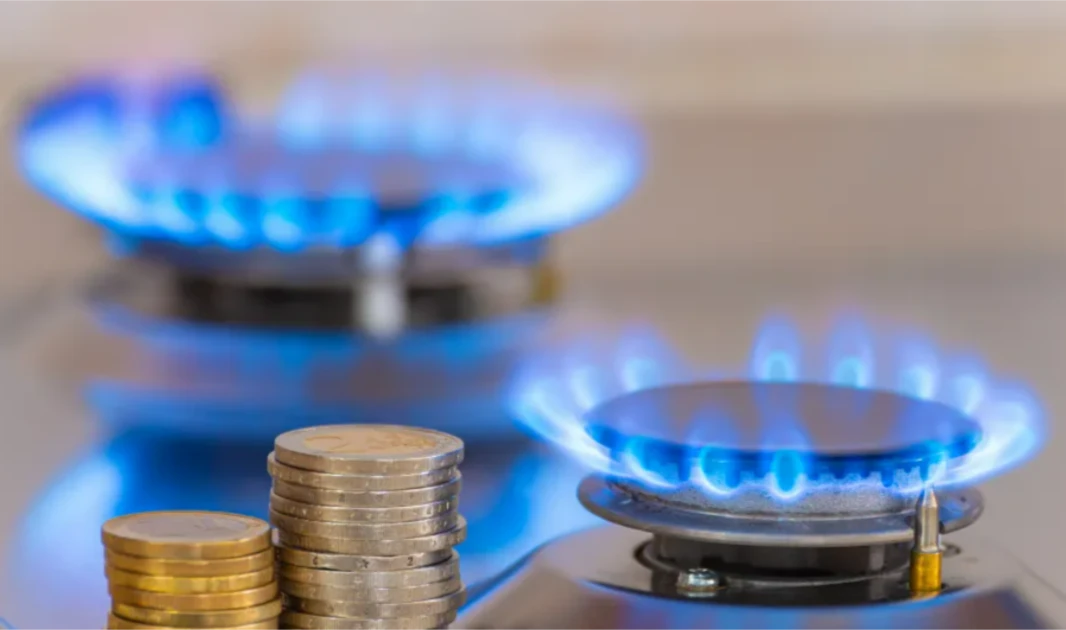While no ban on new purchases of gas stoves has yet been enacted, there is a chance that one could go beyond 2023.
The United States and the entire world want to become a greener planet, where the key is to reduce damage to the environment. For years, laws have been created and initiatives have been taken to help improve these aspects of daily life and which also have some repercussion on the health of the human being. One of these actions is currently taking place with gas stoves in the United States: they will give you a refund of up to $850 dollars if you decide to change it.
This rebate is made possible by the Reduction of Inflation Act, which says Americans buying a new electric or induction cooktop could get up to $840 and an additional $500 if they switch from gas to propane.
While no ban on new purchases of gas stoves has yet been enacted, there is a chance that one could extend beyond 2023.
“Agency staff plan to begin collecting data and perspectives from the public on potential hazards associated with gas stoves and proposed solutions to those hazards later this year,” the CPSC said. in the United States), through a press release published on January 10, 2023.
“Commission staff also continue to work with voluntary standards organizations to examine emissions from gas stoves and address potential hazards,” he explained at the time.
The Cut Inflation Act is the largest federal investment in climate solutions created to date. For the most part, these are tax incentives and rebates that try to push people to change their lifestyles towards technology that will reduce emissions and eliminate reliance on fossil fuels.
That’s why the recent law includes $4.5 billion in funding for states to provide rebates for the purchase of new appliances, including ranges and wall ovens (both electric and induction).
In this context, the Department of Energy (DOE) will allocate funds to the states: each of them will decide how they will use the funds, but they must follow the guidelines established by law and the department in charge.
Those who qualify for the full refund will be able to receive $840. Accessing the refund and the percentage will then depend on where you live and how much money you earn. Once the DOE allocates the funds to individual states, it will take time for those states to establish these programs. And then they will open the call.

